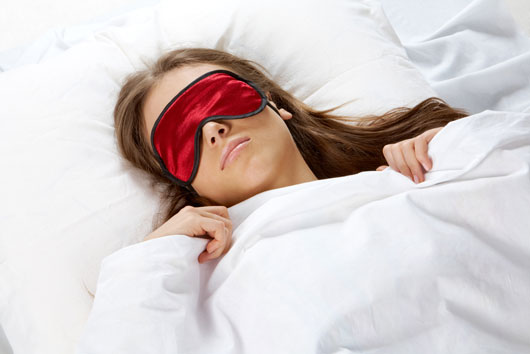
Do you ever ask yourself if you’re sleeping on the best pillow? Are you waking up with cricks in your neck? Do you wake up to re-fluff your pillow one too many times a night? Then, we hate to break it to you, but it may be time for new bed pillows. Since you spend a good chunk of your life sleeping (or trying to sleep), one of the best ways to ensure sweet dreams is to find a pillow you simply love to snuggle up to or plop on top of. But which pillow? These days, it seems the pillow industry is promising you the sleep of your lifetime with expensive pillows that don’t seem to do the trick and confuse you with all their thread counts, textures, fibers, sizes, and durability. Rest assured there is no research to prove that one type of pillow is better than another. It comes down to what is the most comfortable for you, the sleeper.
Dr. James Maas, a professor and sleep researcher at Cornell University told The New York Times that a good pillow should last up to 10 years and that you can test your pillow to find out if it’s past its prime, or if even the best pillow at all. “You take your pillow. Fold it in half. If it doesn’t spring forward and open instantly by itself, you’ve got a dead pillow. Replace it.”
Read Related: Sleep Patrol: 8 Snoring Solutions to Try Now

Pillows are available in down feathers, synthetic/polyester fibers, and foam. While natural goose down feather pillows will last you a while, they can be pricey. On good-quality versions, look for an indicator called “fill power,” which refers to how much filling the pillow has. Usually the more filling, the plumper and longer-lasting the pillow will be. A cost-friendly option would be synthetic/polyester fiber pillows, which are generally hypoallergenic and are machine washable. If you like a firmer support, spongy memory foam and Tempur Pedic pillows are just what you need.
Rocco Monto, MD, an orthopedic surgeon and spokesman for the American Academy of Orthopedic Surgeons told Health.com: “A good pillow should fill the gap between your head and neck and the mattress, and dynamically assume that shape during position changes as you sleep.”

So, how do you sleep? The way you sleep will affect the height of your pillow and different positions require different types of support. For instance, if you sleep on your back or your stomach, choose a pillow that’s on the flatter side; this helps keep the neck align properly. If you sleep on your stomach, you should train yourself not to since it turns your neck in an unnatural way. Think of it this way: It’s like putting a book face down on the table; it’s terrible for the book’s spine. Do you like to sleep on your side? Then a higher pillow (which fills the gap between head and neck) should work best for you.
And if you suffer from neck pain, orthopedic pillows are designed to maintain the natural curve of your neck, while cervical pillows, are roll-shaped pillows designed to relieve neck stress by maintaining the natural shape of your head and neck while you sleep.
Instead of buying your new bed pillows blindly online without having tried them out first, head to a pillow or mattress showroom near you since most will allow you to try them out before you buy them. Sweet dreams are made of the best pillows you can find.












Leave a Reply
Want to join the discussion?Feel free to contribute!